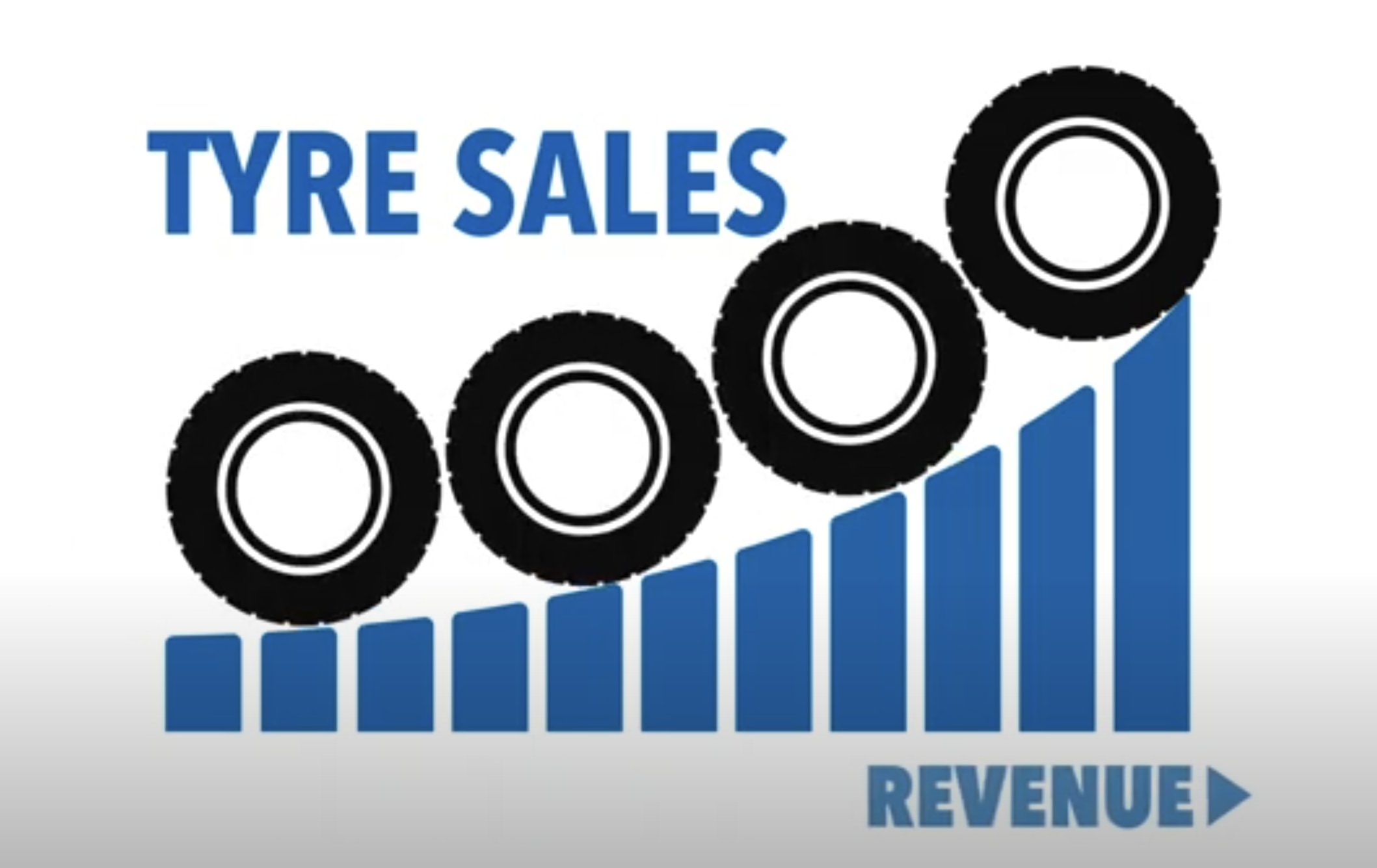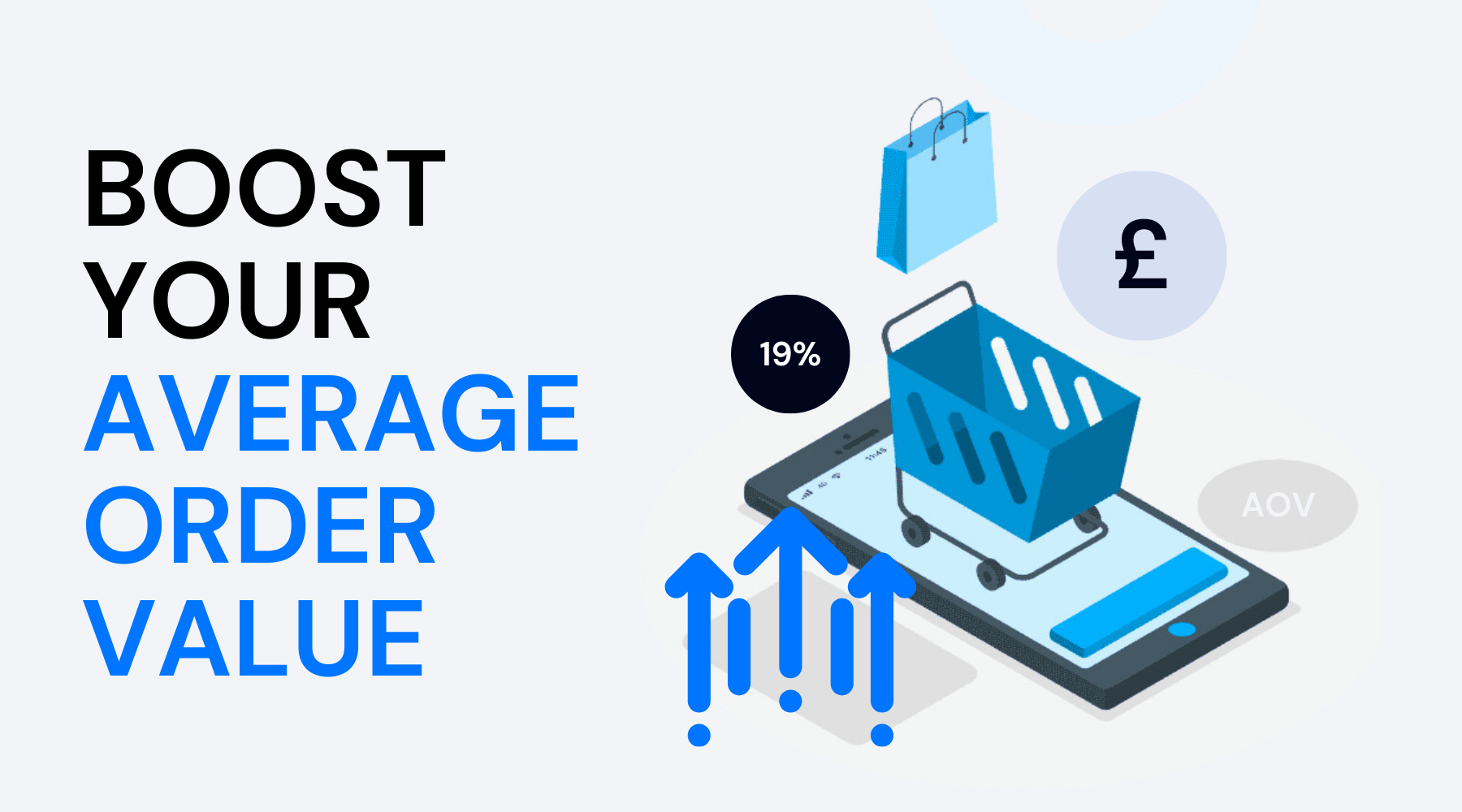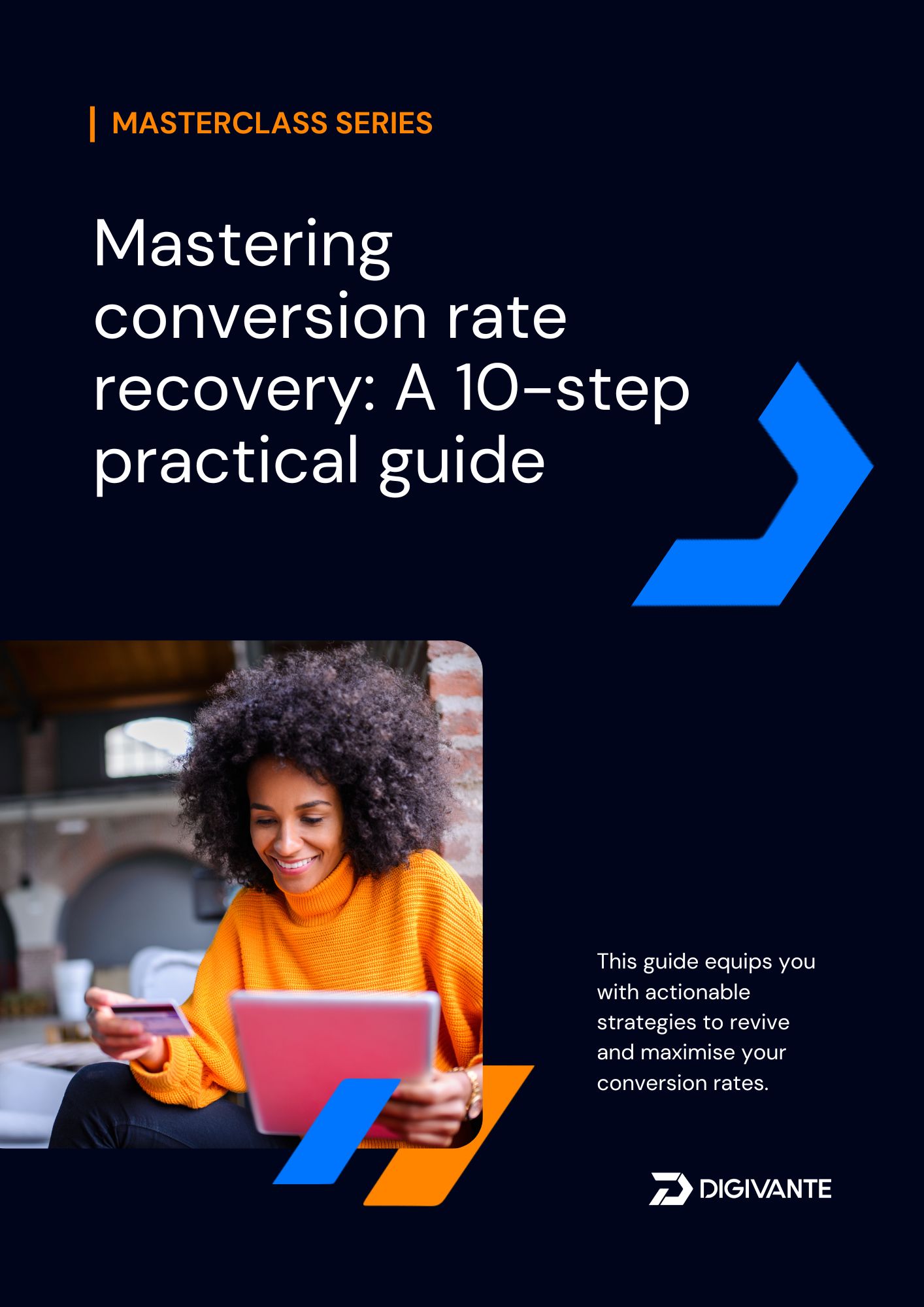In the world of ecommerce, where revenue growth is paramount, increasing Average Order Value (AOV) stands as a pivotal strategy for businesses. It’s a method that can significantly boost revenue without the need to acquire new customers. Traditional methods such as upselling, cross-selling, and loyalty programs have long been championed as effective means to boost AOV. However, there exists a lesser-known yet profoundly impactful aspect that often goes unnoticed: ensuring that users can effectively utilise the products they purchase.
While the strategies mentioned above undoubtedly play a crucial role in driving AOV, they primarily focus on enticing customers to spend more. Yet, what if customers encounter obstacles in using the products they’ve purchased? This oversight can result in missed opportunities and diminished revenue potential.
A real-world example:
Consider the case of our client, Micheldever Tyre Services (MTS), a leading tyre retail wholesaler in the UK. Despite implementing conventional AOV-boosting tactics, MTS identified a critical missing piece in their strategy: the usability and CX of their digital platform, TyreClick. Recognising that seamless user experiences are paramount in driving conversions and encouraging repeat business, MTS turned to User Acceptance Testing (UAT) to bridge this gap.
By leveraging UAT methodologies such as exploratory testing, usability testing, and post-release testing, MTS gained invaluable insights into how customers interacted with the TyreClick platform.
Discoveries from UAT
Among the plethora of discoveries, several key issues emerged, which MTS promptly addressed to enhance their AOV:
- They were made aware of multiple aesthetic and minimalist design issues related to the product landing pages and filters, which were limiting the users ability to compare products and understand what was available to them.
- They learnt that the homepage needed to be optimised to make it more structured and provide more clarity around special offers.
- They improved mobile usability by making search fields and menus easier to use though improved placement and sizing.
- The usability study revealed over 100 usability issues spanning the entire customer journey; they were prioritised in order of severity, providing clear guidance on areas for improvement.
Through strategic implementation of prioritised conversion blocking issues and customer experience recommendations, MTS witnessed a remarkable 19% increase in upsell revenue year on year.
37%
Basket to completion conversion rates rose from 27% to 37% within an initial six-month period.
19%
Additional services as upsell rose 19% year on year.
Lets put this into perspective with a monetary example:
Suppose MTS typically receives 1000 orders per month with an AOV of £200. This would result in a monthly revenue of £200,000 (1000 orders * £200 AOV).
With a 19% increase in AOV: New AOV = £238 New monthly revenue = 1000 orders * £238 AOV = £238,000
So, with a 19% increase in AOV, MTS’s monthly revenue would increase by £38,000, from £200,000 to £238,000. This demonstrates the significant impact that even a modest increase in AOV can have on overall revenue.

Beyond AOV: UATs influence on other performance metrics
It’s also important to note that AOV isn’t the only metric that will improve from performing UAT. Implementing User Acceptance Testing can also lead to increases in conversion rates and Net Promoter Score (NPS). By addressing usability issues and enhancing overall customer satisfaction, UAT contributes to higher NPS scores, indicating increased customer loyalty and advocacy.
UAT also positively impacts Customer Satisfaction (CSAT) by identifying and rectifying issues that may cause customer dissatisfaction. This results in higher CSAT scores and happier customers.
Similarly, UAT has helped our clients reduce bounce rates by ensuring that users encounter no obstacles or frustrations when navigating the digital platform, thereby encouraging them to explore further and make purchases.
Task Success Rate (TSR) is another metric that can be positively influenced by UAT. By measuring the percentage of users who successfully complete specific tasks on the website or app, UAT can increase task success rates or ‘high-value behaviours’, indicating that users can easily accomplish their goals.
Additionally, enhanced user experiences resulting from UAT can lead to higher Customer Lifetime Value (CLV) as satisfied customers are more likely to make repeat purchases and become loyal patrons of the brand.
Ultimately, investing in UAT to identify and rectify usability issues can lead to a higher ROI by improving the digital experience, increasing revenue, and reducing costs associated with customer support and troubleshooting.
Conclusion
As businesses strive to maximise revenue potential, it’s imperative to recognise that optimising digital customer experience is a crucial piece of the puzzle. By prioritising users and CX and ensuring that customers can effortlessly navigate and utilise their purchases, businesses can unlock untapped revenue streams and propel their growth trajectory forward.
So, while traditional AOV-boosting strategies remain indispensable, the often-overlooked aspect of digital CX holds immense potential in driving substantial revenue growth. As exemplified by MTS, incorporating User Acceptance Testing into your digital strategy can be the missing piece that unlocks a 19% surge in AOV and transforms your business’s bottom line.






